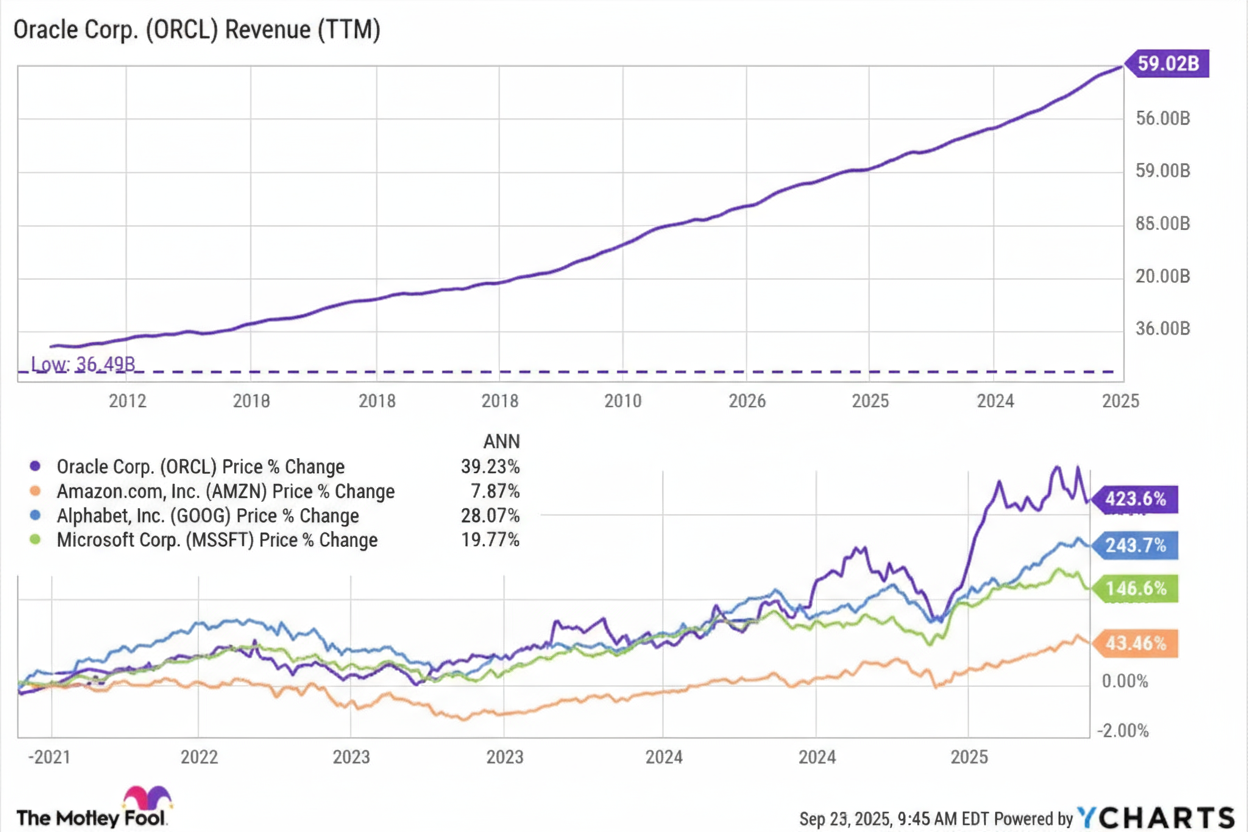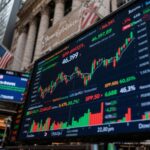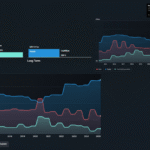Abstract
Despite widespread predictions of economic downturn, the United States economy has demonstrated remarkable resilience in recent months, with many economists attributing this stability to the sustained strength of the stock market. This paper examines how the wealth effect generated by rising stock prices has created a critical economic buffer, primarily benefiting high-income households while simultaneously creating vulnerabilities for broader economic stability. Through analysis of recent economic data and consumer behavior patterns, this study explores the dual nature of stock market-driven economic growth and its implications for future economic policy.
Introduction
Economic forecasters had widely anticipated that the United States would be “teetering on the brink of recession” by now, yet recent data reveals a surprisingly robust economic picture. Consumer spending remains strong, corporate profits continue to exceed expectations, and key economic indicators suggest sustained growth rather than contraction. The primary driver of this unexpected resilience appears to be the stock market’s continued ascent, which has created significant wealth effects that are powering consumer spending and providing crucial economic support.
This phenomenon represents a shift from previous economic cycles where growth was primarily sustained by government stimulus and Federal Reserve monetary policy. Instead, the current economic strength draws heavily from private wealth creation through equity markets, creating both opportunities and risks for long-term economic stability.
The Wealth Effect in Action
Stock Market Performance and Consumer Behavior
The stock market has demonstrated remarkable strength throughout the current period, with the Dow Jones Industrial Average gaining more than 9% and the tech-focused Nasdaq Composite rising 23%. This performance has occurred despite concerns about tariffs, political uncertainty, and a stagnant jobs market, suggesting that equity markets have become somewhat disconnected from traditional economic fundamentals.
The wealth effect—the tendency for consumers to increase spending when their asset values rise—has become the primary mechanism through which stock market gains translate into broader economic activity. According to Mark Zandi, chief economist at Moody’s Analytics, “all of the spending is coming from the well-to-do high-income high-net-worth households that are seeing their stock portfolios are up and they’re feeling a lot better off and they’re spending.”
Distributional Impact of Market Gains
The concentration of stock ownership creates significant implications for how market gains affect the broader economy. Federal Reserve data indicates that the top 10% of earners in the United States own 87% of the market, meaning that stock market wealth is highly concentrated among affluent households. This concentration explains why aggregate consumer spending can remain strong even while broader consumer sentiment declines.
The University of Michigan consumer survey data illustrates this divide clearly: “Sentiment for consumers with larger stock holdings held steady in September, while for those with smaller or no holdings, sentiment decreased.” This bifurcation in consumer confidence reflects the uneven distribution of market-generated wealth and its corresponding economic benefits.
Economic Data Supporting Market-Driven Growth
Consumer Spending and Income Trends
Recent economic indicators provide substantial evidence of the stock market’s role in supporting economic activity. Consumer spending in August increased 0.6%, exceeding expectations, while inflation-adjusted spending rose 0.4%. These figures demonstrate that consumers, particularly those benefiting from stock market gains, maintain sufficient purchasing power to weather ongoing price pressures.
The strength of consumer spending has had cascading effects throughout the economy. Companies continue to report strong demand for big-ticket items, and corporate profits consistently exceed expectations. This cycle of wealth creation, spending, and corporate performance has created a self-reinforcing mechanism that supports continued economic expansion.
Broader Economic Performance
The wealth effect’s impact extends beyond consumer spending to broader economic measures. Gross domestic product grew at a 3.8% annualized pace in the second quarter, with the revision representing a significant upward surprise primarily attributed to stronger-than-expected consumer spending. The Atlanta Federal Reserve’s GDP tracking estimate for the third quarter projects continued strong growth at 3.9%.
Additional economic indicators support the narrative of market-driven stability. Durable goods orders increased unexpectedly, new home sales surged 20% to a three-year high, and jobless claims remained low despite minimal payroll growth. These data points collectively suggest that wealth effects from stock market gains are creating sufficient economic momentum to offset weaknesses in other areas, particularly employment growth.
The Vulnerability of Market-Dependent Growth
Structural Risks
While the stock market’s role in supporting economic growth has proven beneficial in the near term, it also creates significant structural vulnerabilities. The economy’s dependence on continued market appreciation means that any substantial decline in stock prices could trigger rapid economic deterioration. As Zandi warns, “The economy’s very vulnerable if the stock market does turn south, for whatever reason. People start seeing red on their screens and not green on their screens and the savings rate goes up not down. In the current context of no job growth, that’s recession.”
This vulnerability is particularly concerning given current market valuations. The S&P 500 currently trades at 22.5 times expected earnings for the next 12 months, well above both five-year (19.9) and ten-year (18.6) trends. Such elevated valuations suggest that the market may be overextended, potentially setting the stage for significant corrections that could undermine the wealth effects currently supporting economic growth.
Consumer Sentiment Paradox
Despite strong spending patterns, overall consumer sentiment has declined significantly, falling 23% since the beginning of the year. This decline reflects the experiences of consumers who do not benefit substantially from stock market gains and instead face ongoing challenges from inflation, stagnant wages, and limited job opportunities. Elizabeth Renter, senior economist at NerdWallet, notes that “consumers are attuned to the current economic risks—inflation and labor market weakness.”
The disconnect between strong aggregate economic data and declining consumer sentiment creates additional risks. If sentiment continues to deteriorate among the broader population, it could eventually affect spending patterns even among affluent households, potentially undermining the wealth effects currently supporting growth.
Policy Implications and Future Considerations
Monetary Policy Challenges
The Federal Reserve faces complex challenges in managing an economy increasingly dependent on stock market performance. While current inflation trends and economic growth suggest that rate cuts may be appropriate, policymakers must consider how monetary policy changes might affect market valuations and, consequently, the wealth effects supporting economic growth.
The Fed appears positioned to implement rate cuts in October and potentially December, which could further support stock market appreciation and extend the current growth cycle. However, this approach also risks further inflating asset bubbles and increasing the economy’s dependence on market performance.
Long-term Economic Sustainability
The current economic model, heavily dependent on stock market wealth effects, raises questions about long-term sustainability. While affluent households continue to drive spending and economic growth, the lack of broad-based wage growth and limited job creation suggests that the foundation for sustained economic expansion may be narrowing.
Policymakers may need to consider strategies for broadening economic participation and reducing dependence on asset price appreciation for growth. This could include measures to increase labor market dynamism, support wage growth across income levels, and ensure that economic benefits reach a wider segment of the population.
Conclusion
The resilient stock market has undoubtedly played a crucial role in keeping the United States economy out of recession, creating wealth effects that have sustained consumer spending and corporate profitability despite various economic headwinds. The concentration of market gains among high-income households has enabled continued economic expansion even as broader consumer sentiment declines and job growth remains limited.
However, this market-dependent growth model creates significant vulnerabilities. The economy’s reliance on continued stock market appreciation means that any substantial market correction could quickly translate into broader economic weakness, particularly given the lack of alternative growth drivers such as robust employment growth or widespread wage increases.
As Chris Zaccarelli of Northlight Asset Management observes, “actions speak louder than words and consumers continue to spend,” but the sustainability of this spending depends critically on continued market performance. Policymakers and economists must carefully monitor both market valuations and the broader distribution of economic benefits to ensure that current growth patterns can be maintained or, if necessary, adjusted to create more sustainable long-term economic expansion.
The challenge moving forward will be maintaining economic stability while addressing the underlying structural issues that have made the economy so dependent on stock market performance. Success will require balancing policies that support continued market confidence with measures that broaden economic participation and create more resilient foundations for future growth.














